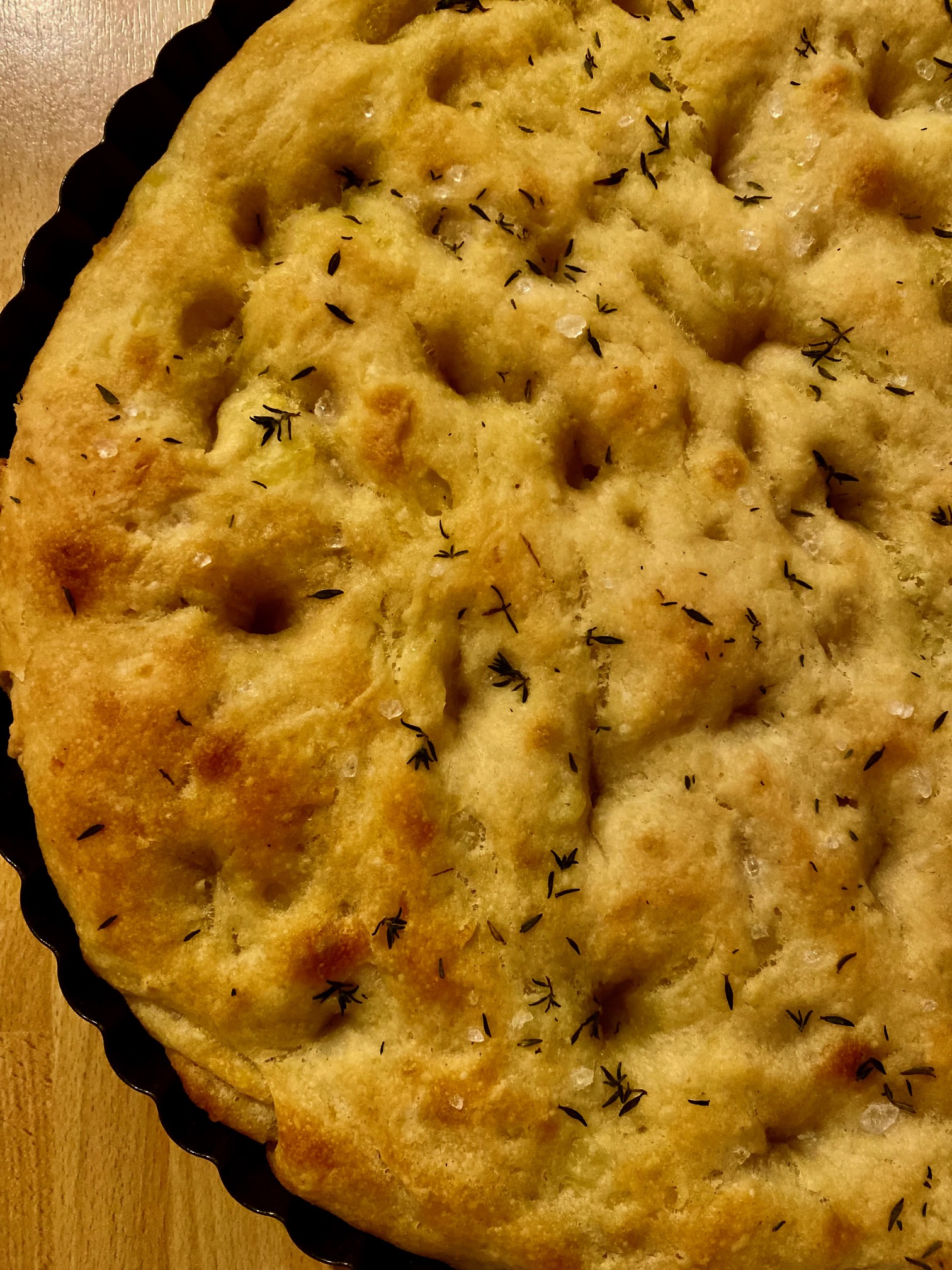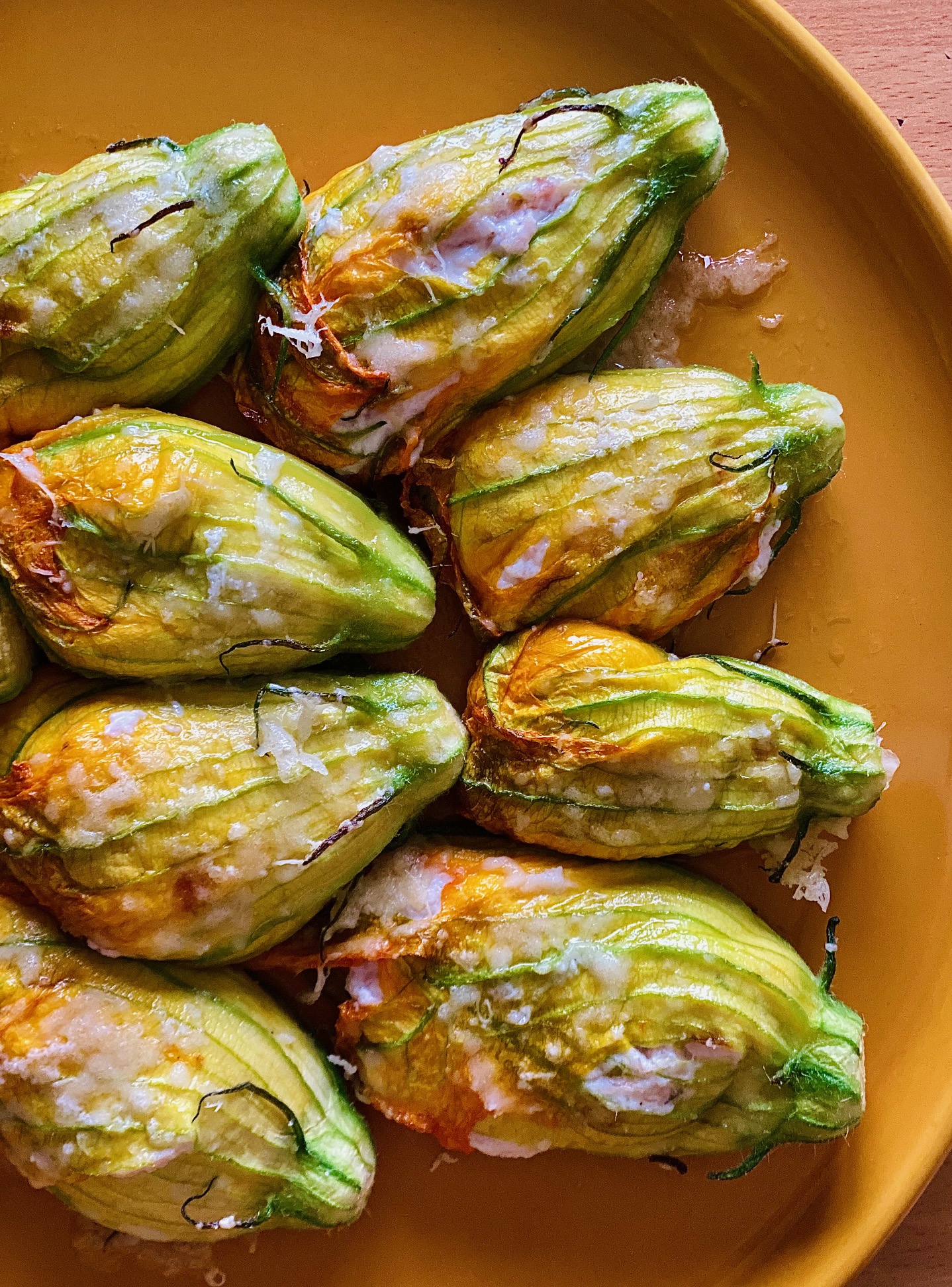We all know about using lemon juice, zest, peel, slices, and preserved lemons in the kitchen, but what about the leaves?
Although often overlooked, lemon leaves have a refined and distinctive flavour 🌿, a fabulous aroma, and show up in cuisines around the world as:
They are also said to have anti-inflammatory and antiseptic properties. ✅
Important: Make sure the leaves haven’t been treated with pesticides or chemicals – only use organic leaves from greengrocers or wholefood stores. Fresh is always better than pre-packed. 🌱
Fish or meat rolls 🐟🥩
Use the leaves to wrap smallish chunks and pin them in place with a cocktail stick. The fish will cook very quickly in a pan on the hob or in the oven, the meat will take a little longer and it may be useful to keep a meat thermometer handy if you are unsure. In both cases the leaves impart a wonderful aroma.
With cheese 🧀
Wrap up and pin a little mozzarella or sweet scamorza and pop this package under the grill until the cheese starts to melt. Again, it won’t take long. This works fine with plant-based cheeses too.
Sauté or stir fry 🍳
Cook whole leaves in butter or oil, but don’t burn them – you just want the flavour, not bitterness.
Use as a base for a pasta sauce, removing the leaves before serving.
For stir-fries, toss in late, chopped or whole, for 1–2 minutes. They even flavour the pasta cooking water!
In a broth or stock 🍲
Add leaves to impart a delicate, aromatic flavour that complements other ingredients.
Coatings with a Zing ✨
Chop leaves finely and mix with breadcrumbs for coating fish or meat – adds an unexpected flavour boost.
Time for a Tea Break ☕
Chop a few leaves into a cup and pour over boiling water.
Sweeten with honey 🍯 or add chopped root ginger for a spicy kick
Preserving lemon leaves
Fresh leaves are more fragrant, but you can dry and store them to enjoy all year.
Method 1 – Open Air:
Method 2 – Oven:
-
Place leaves on a baking tray and cook for ~1 hour at 30–40°C / 86–104°F, turning halfway.
-
Leaves should be crispy but not burnt.










Leave a Reply